Montessori Philosophy
History
The first Montessori school started in Italy in 1907. In her lifetime, Maria Montessori witnessed the development of her ideas into learning materials and the spread of her philosophy across 6 continents. Today in the US, there are over 4,000 public and private Montessori schools educating children ages 0-18. Montessori had a vision for students through age 24, when she observed that the brain is fully formed. There are even some Montessori-inspired programs for elderly adults.

Essential Elements of a Montessori Classroom
Multiage classes – Allow children and teachers and parents and teachers to develop close, long-term relationships. In the classroom, children communicate and collaborate with others all day long. Younger children learn from older children, older children become role models and reinforce their own learning by teaching concepts they have already mastered. This mirrors the real world where individuals work and socialize with people of all ages. This arrangement encourages collaboration, decreases competition, and allows for children to solve problems with and respect others. Students stay with the same teacher for the entire three-year cycle unless a move is best for the student.
Uninterrupted blocks of work time – a work period, or work cycle in an elementary classroom is 3 hours. During work time, children set goals, choose their own work, and complete work without interruption.
Teachers with credentials from a Montessori training program – Montessori training centers teach how to implement Montessori philosophy and use of the materials. A teacher with appropriate training can maximize student development and learning.
A full complement of developmentally appropriate Montessori materials – will aid in your child’s correct brain formation and development. Montessori materials are hands-on tools that teach specific skills. Once a child is presented a lesson, the materials are self-teaching and self-correcting, which allows children to work with confidence and independence.
Montessori instructional approach throughout the curriculum – Teachers rely on Montessori philosophy and materials to guide current best practices in education for each learner. The focus is not on academic success (which is a welcome byproduct of a Montessori education), but on the development of the whole child.
Three Parts Of A Montessori Classroom
The Teacher :
What the child does dictates what the teacher does, not the other way around. Teachers are guides, not givers of information. They do what Maria Montessori did as early as 1907—they set the tone by being warm and peaceful, prepare the environment to be enticing and orderly, observe the child’s behavior and help them set goals, make choices, and solve conflicts. Montessori teachers have specialized training in Montessori philosophy and use of the materials from Montessori training centers. Training helps teachers to recognize exactly where your child is developmentally and what lessons to present to aid growth. Teachers work closely both with children and parents to maintain a supportive community.
The Child:
Montessori is a developmental approach to education. Within limits, children are free to choose their own work, work at their own pace, move around, and communicate with others in the classroom. The child is able to develop the inner discipline and self-esteem that it takes to function this way in a classroom community. The child is encouraged to be independent, purposeful, and creative. Each child’s experience is tailor-made to his own needs. A Montessori education focuses on the development of the child, not the academic achievement of the child.
The Environment:
Children work in a carefully prepared environment with multi-sensory, sequential, and self-correcting materials which isolate important concepts and skills. Hands-on learning is central to the curriculum. Activities are organized around the child’s natural desire to learn. The curriculum is integrated across subject areas and also across age-levels.


